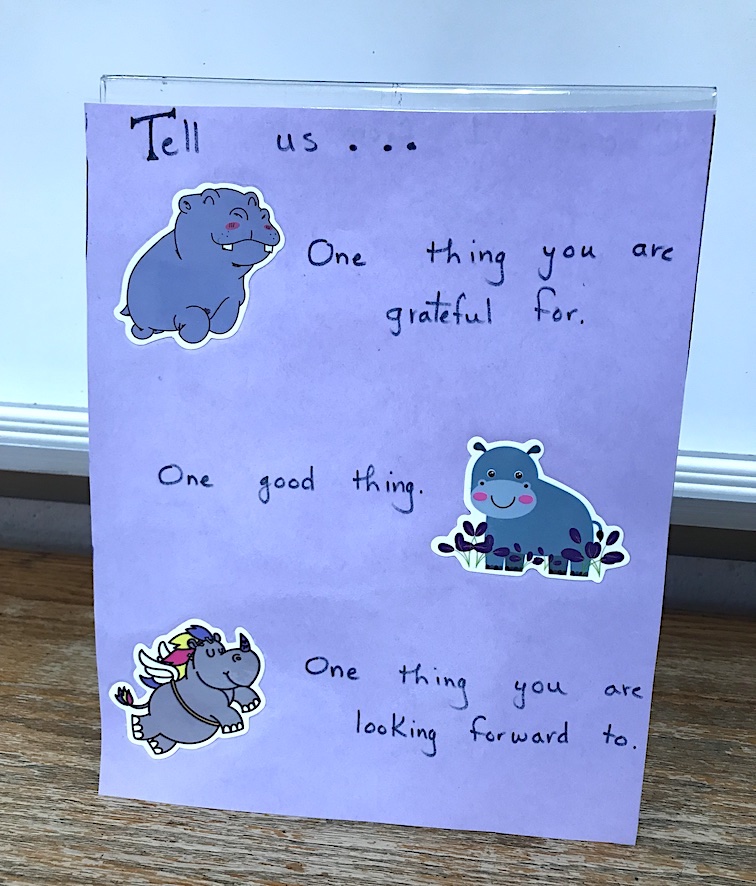Consistency: the Invisible Backbone of Teaching
Have you ever considered how life experiences factor into your teaching practices? Before I entered education, marketing was my first career. They may seem worlds apart, but the parallels will surprise you. This fourth article in my series connects to one of marketing’s 4Ps – product consistency. Achieving consistency in our teaching produces a satisfying student experience.
By Kelly Owens

With both newsletters, I know exactly what I’m getting. And I like that predictability. I rely on both artists to keep me connected with my calligraphy communities.
None of this is accidental. Not only are these calligraphers exceptional artists, both are master marketers. Each week creative folks around the world rely on these masters to nudge us along toward completed projects.
Brand Consistency in Marketing
Their consistency builds trust in their brands. Shep Hyken, CX & Customer Service Expert, Researcher, Speaker and Author, cites consistency as one of the standout strengths of top-notch businesses, such as Apple (Hyken, 2018). Delivering a predictable customer experience builds consumer confidence. There’s a level of comfort in knowing what to expect. In the long term, consistently met expectations develop into customer loyalty.
Consistency in our Classrooms
As educators, wouldn’t it be great to build a similar type of devotion to learning among our “customers”? Picture students who exhibit a pure intrinsic joy in exploring and growing. Students who are willing to take risks and dive into inquiries that pique their curiosity. Students who are budding lifelong learners.
So how do we incorporate consistency in classrooms to spark such growth and interest? Think of consistency as the invisible skeleton of teaching. It gives shape to lesson formats, supporting the rich and meaningful content. Here are three tips for integrating predictable infrastructures into our daily teaching practices.
Tip #1: Navigate the Learning Process with Predictability
End as you begin. I got this idea during a strength training workout. Not only did I get to enjoy a favorite 90s tune in the warmup, the instructor played it again with the cooldown. Bookending a workout with the same song had me self-reflecting about how much stronger I felt after forty minutes of exercise. What a brilliant use of an auditory cue to get me to compare my before and after workout selves!
Replicate this bookending idea in the classroom. Start with students posing questions. Rather than organizing learning around a teacher’s questions, students stay curious and engaged looking to answer their own. Revisit questions during the lesson’s closing, and students will feel satisfied knowing they drove the learning experience.

Another way to begin with the end in mind is by using the Get Ready • Do • Done planning model. Sarah Ward (2021) is a master at building students’ executive functioning skills with this structured lesson framework.
Sarah’s model helps students visualize the end result and integrate the time, effort, and materials needed to complete that future task. The gallery on the Cognitive Connections website showcases a variety of ways to use this tool in your classroom, including work mats (like the one shown below), virtual backgrounds, and file folders. Change up the lesson’s content, but make this model part of students’ self-management routine.
Tip #2: Deliver Instruction with a Consistent Teaching Approach
After a great PD, we want to experiment with new strategies. Offer a variety of strategies to meet students’ needs, but stay consistent with the manner in which ideas are presented.
For example, embed content within the gradual release model of I Do, We Do, You Do. It progresses from a teacher-directed focus to more student-centered practice. Sticking with this format forms a habit, so students’ brainpower can focus on connecting with content.

Tip #3: Consistently Connect with Learners
We come to our classrooms each day to help students. It only makes sense to enthusiastically greet them when they enter.
With all of the demands placed on teachers, it’s tempting to skip intangible communication skill building. But think back to the calligraphers I follow. If they didn’t faithfully email weekly newsletters, it would probably be a case of “out of sight, out of mind.” Their predictable outreach has strengthened my trust in them.
Similarly, be a constant presence in front of your classroom door, school, or bus. Relationship building routines yield gains at school that far outweigh the few minutes of “lost” class time. Studies show that welcoming with a hello, high five, or fist pump can increase academic engagement by 20 percentage points, and decrease disruptive behavior by 9 points (Terada, 2018).
My colleague Karen Raia and I also incorporate a quick conversation into our daily routines once students settle into seats. To offer choice, Karen has plastic framed prompts on the center of the work table. Students can choose which question to answer each day.
My conversation tactic is a little different, albeit with the same intention. Prior to class, I research what fun or funny “holiday” is being celebrated that day. Did you know there’s Penguin Awareness Day, Waffle Day, and Compliment Day?
These are great conversation starters and only take a minute. And let me tell you, one day when I breezed past the holiday question to zip right down to business, students immediately wanted to know, “What’s today’s holiday?” Happily, it’s become a routine they can count on and enjoy.
Plan for Consistency and Predictability
Do students know what to expect when they enter your classroom? Be proactive and design routines and structures that you implement similarly on a regular basis. Consistency on the front end paves the way for more student autonomy and engagement throughout class. That’s the kind of loyalty to learning we want!
References:
Hyken, S. (2018, October 21). Like Apple, You Can Excel In Engagement, Differentiation And Consistency. Forbes.com.
Terada, Y. (2018, September 11). Welcoming Students With a Smile. Edutopia.
Ward, S. R. (2021). Get Ready * Do * Done. Cognitive Connections.
Kelly Owens is a literacy interventionist who helps middle graders overcome past literacy struggles by building stamina, confidence, and a greater love of learning. As a teacher with over 29 years of experience, she has proudly represented Hillsborough Township Public Schools as a NJ Governor’s Teacher of the Year.
Kelly also co-created Buddies for the Birds, which was featured on Emmy Award-winning Classroom Close-up NJ. Kelly earned her Ed.M. from Rutgers University and her Reading Interventionist and Wilson Ⓡ Dyslexia Practitioner Certifications through Saint Joseph’s University. Additional writing credits include published work with The King School Series (Townsend Press), The Mailbox magazine, and MiddleWeb.




































